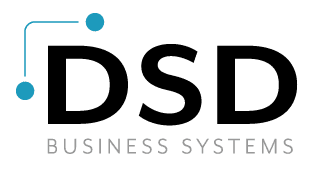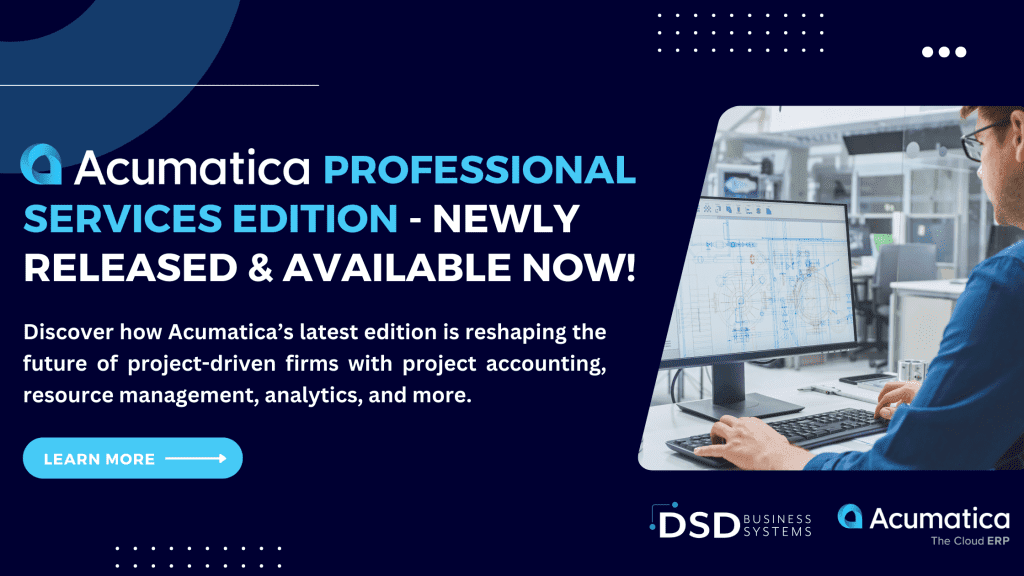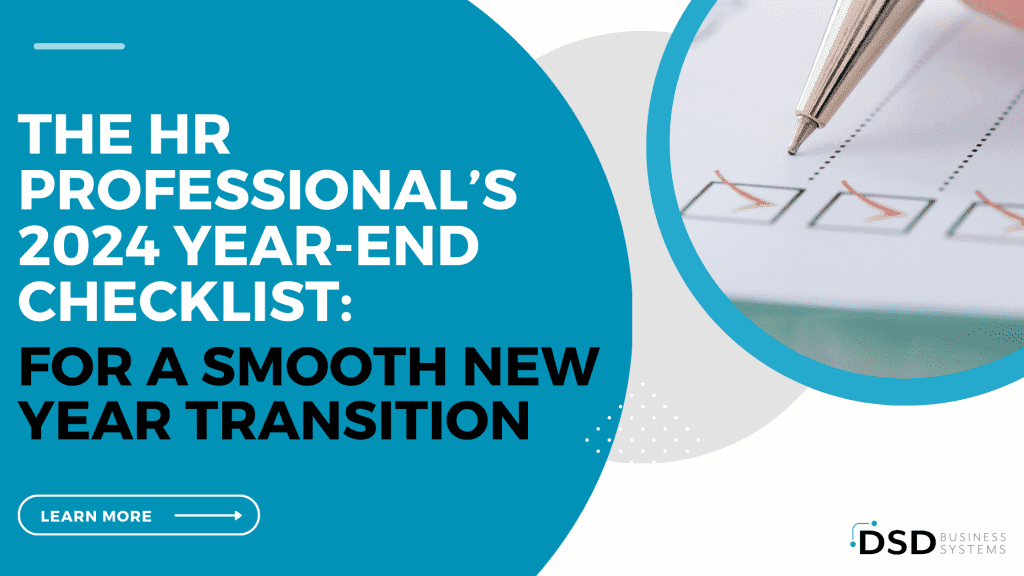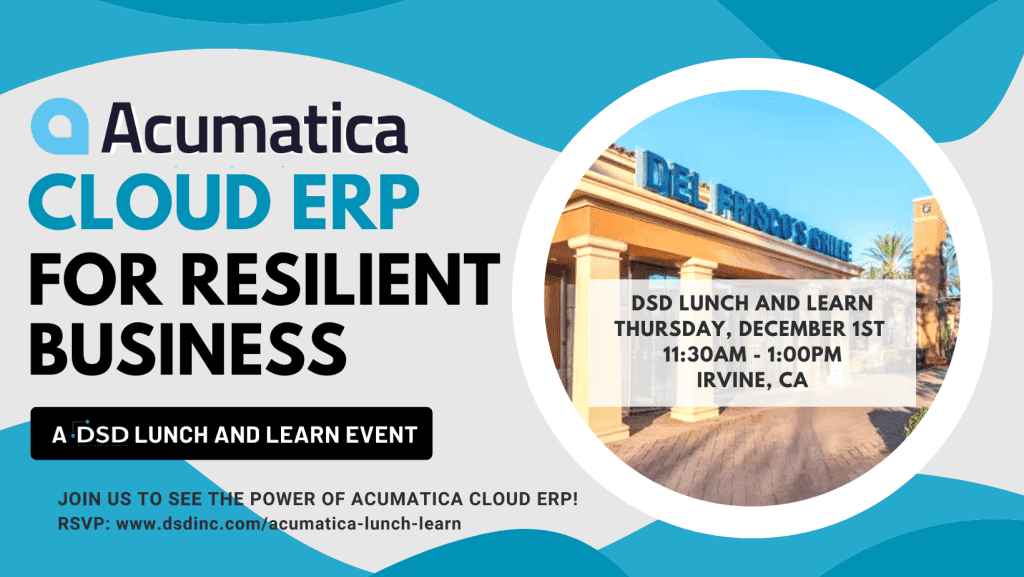How to Perform an ROI Analysis for an ERP System

When you’re trying to sell your senior leadership on an Enterprise Resource Planning (ERP) project, keeping your return on investment calculations as simple as possible can be an asset. But when it comes to actually choosing an ERP system (e.g., Acumatica ERP) balancing the bottom line benefits against the initial and ongoing costs is hardly an easy matter.
In fact, performing an ROI analysis of potential ERP systems can become so complex that it’s discouraging. Merely asking whether the benefits of ERP implementation outweigh the costs isn’t enough because it’s so easy to overlook hidden costs as well as hidden benefits when you’ve outgrown QuickBooks and other bookkeeping software. In the end, however, calculating ROI is a vital step in any ERP project because it’s these calculations that will ultimately guide your project forward.
Why ROI Is So Important
Charting out the projected ROI doesn’t guarantee that those projections will be met, but the process can be revealing. Performing an ROI analysis forces companies to take a long, hard look at where waste is happening and why, how much that waste is costing the business, and where enhancements or overhauls to existing processes can potentially eliminate it.
Whether or not ERP implementation turns out to be the ideal solution, it’s eye opening to see where unexpected time overruns and cost overruns are revealed.
What Goes Into an ROI Analysis
Determining the relative worth of an ERP implementation means identifying as many costs (money/time/manpower) and direct and indirect benefits as possible.
The initial costs will include the price of the ERP system itself as well as third-party provider hardware and software costs and the in-house costs associated with installation, setup, IT, documentation, and training. Server upgrades, security services, software licenses, and integration services will also add to upfront costs. Note that failing to budget for one or more of these costs can throw off your calculations in a big way.
Once an ERP system is up and running, there are also continuing costs that include hardware and software maintenance and support costs, utility costs, consultant fees (e.g., the cost of an Acumatica consultant), upgrade fees, training for new employees, procedure redevelopment, and costs related to changes in IT personnel.
Valuing benefits is less straightforward because things like reduced maintenance costs, higher sales, reduced overtime, and inventory reduction can’t be predicted with 100% certainty. On top of that, the possible returns of a new ERP system aren’t always clearly tied to something concrete like a change in procedure or a new piece of software.
Nonetheless, both direct benefits like cost savings and cost avoidance, enhanced communication, increased sales, and reduced waste along with indirect benefits like better employee retention, stronger data collection, better customer service, and improved schedule stability should be factored into your calculations.
Calculating ROI Three Ways
Determining the ROI of an ERP implementation project doesn’t mean plugging numbers into a one-size-fits all equation. There are actually three basic ways to perform a basic ROI analysis:
Benefits vs. Cost
Using this method, a company can either divide the total benefits by the total costs (Return on Investment = Total Benefits / Total Costs) or net profits by total costs (ROI Gain = (Net Profit / Total Costs) x 100). In both cases, the result will represent ROI over a multi-year period.
Annual ROI
For firms that prefer to look at ROI year by year, the above result is further divided by the expected lifetime of the system in years. It’s important to note that this average won’t reflect amortization because the majority of costs associated with any ERP project will be incurred within the first few months or years while most of the gains will be realized later on in the lifetime of the system.
The Payback Methodology
Another way to look at ROI is by calculating a payback period (how long it takes to earn back the cost of the system or Payback = cost / annual return). This is useful for determining when benefits will become profits but as with the annual ROI calculation, won’t show how costs and benefits are distributed over the life of an investment.
Can an ROI Analysis Predict ERP Success?
The quick answer is no – calculating an accounting software implementation’s projected ROI isn’t a guarantee that benchmarks and goals will be met. But at the same time, a thoughtful and thorough cost benefit analysis can be the motivation that drives stakeholders to do everything they can to ensure that the anticipated benefits are realized.
More importantly, the ROI analysis can serve as the baseline data used to track and manage costs and measure emerging value. If the project veers off track, it lays out course corrections that can mean the difference between failure and success. And any discrepancies between analysis and actual results can reveal patterns that can be incredibly useful in shaping business decisions in the present and in the future.

Written by Kayley Bell, Chief Operating Officer at DSD Business Systems








